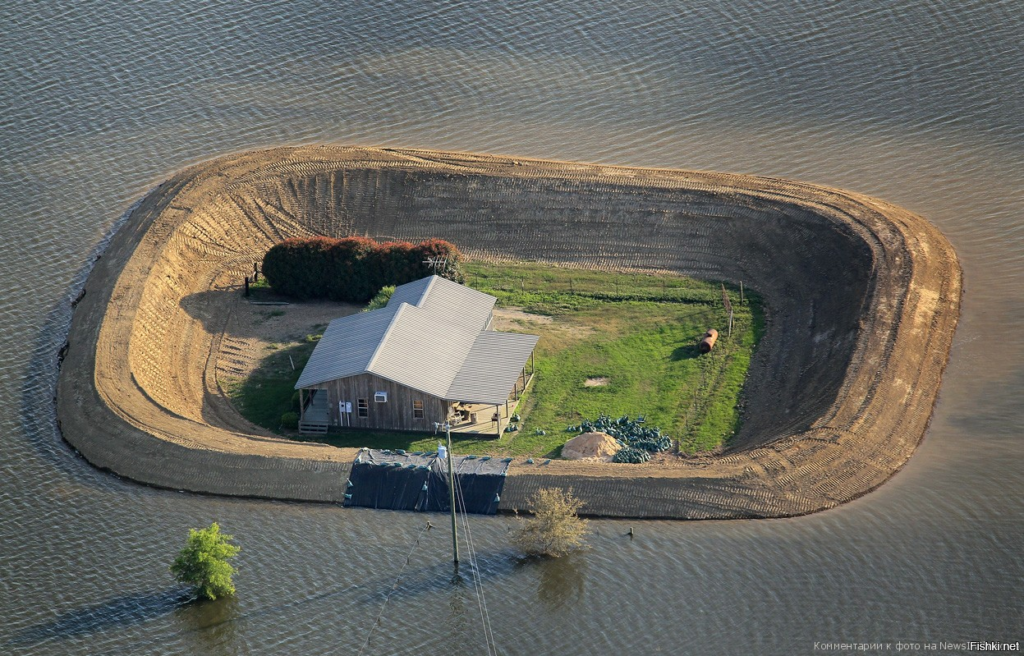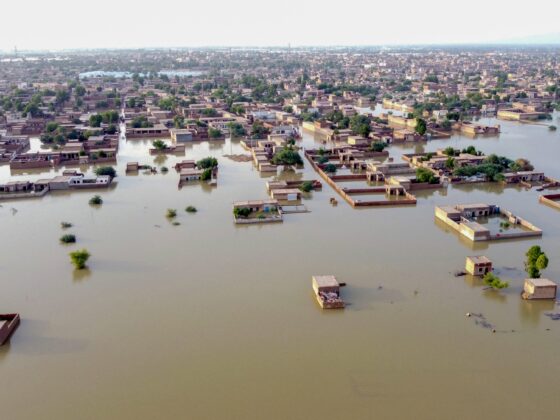Living in a flood-prone area comes with its own set of challenges, especially during the rainy season when severe downpours are a common occurrence. With the risk of property inundation looming large, being well-prepared with flood safety measures becomes imperative. In this guide, Graana.com—Pakistan’s smartest property portal—will walk you through essential steps to take before, during, and after a flood to mitigate risks and ensure safety.
Understanding Floods and Their Causes
Floods, characterized by excessive overflow of water, pose a significant threat to life and property. Whether triggered by heavy rainfalls, bursting dams, or storm surges from tropical storms, floods can result in devastating consequences. Understanding why floods occur is crucial to implementing effective safety measures.
Why Preparation Matters
Floods are a common hazard in many regions, particularly in underdeveloped countries lacking proper water storage and disposal systems. Relying solely on geographic location is risky, as floods can develop slowly or strike suddenly with flash floods. Preparation is key to minimizing the impact of floods and safeguarding lives and property.
Tips for Flood Safety During Rainstorms
To navigate through rainstorms and floods safely, it’s essential to be well-prepared. Divided into three sections, this guide provides practical pointers and post-flood survival advice to help you protect yourself and your property.
Before the Flood: Preparing Yourself
Preparation begins long before a flood is predicted. Taking proactive steps such as avoiding flood-prone areas, elevating electrical and gas points, and purchasing flood insurance can significantly mitigate risks. Building barriers and increasing drainage can further enhance your home’s resilience against floods.
During the Flood: Emergency Safety Plan
In the event of an imminent flood, having an emergency safety plan can be a lifesaver. Prepare an emergency pack with essentials, keep electrically powered items charged, and take measures to stop water at the source. Moving valuables to higher floors, turning off gas and electricity, and using emergency lights responsibly are crucial steps to take during a flood.
After the Flood: Recovery Process
Once the floodwaters recede, the recovery process begins. Take precautions such as identifying the source of water entry, listening to authorities’ instructions, and avoiding contact with floodwaters to prevent contamination. Wear protective gear, use dehumidifiers to remove excess moisture, and document flood damage for insurance claims.
By following these flood safety measures and being prepared for any eventuality, you can mitigate risks and ensure the safety and well-being of yourself and your loved ones in the face of a flood. Remember, proactive preparation is key to effectively handling flood-related emergencies and minimizing their impact.


